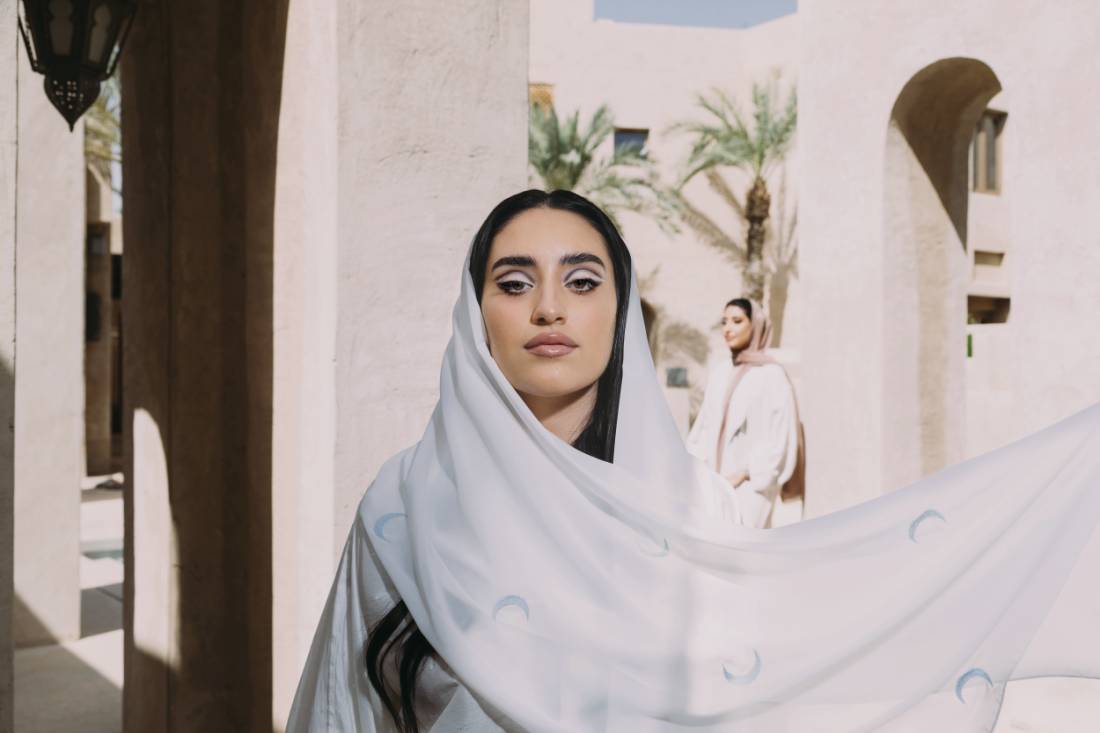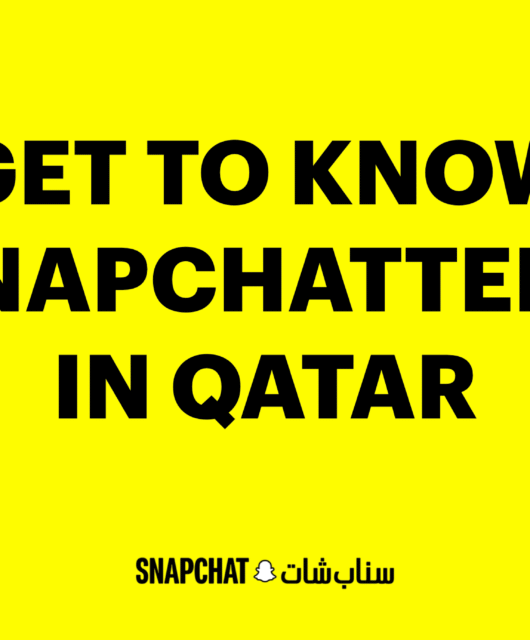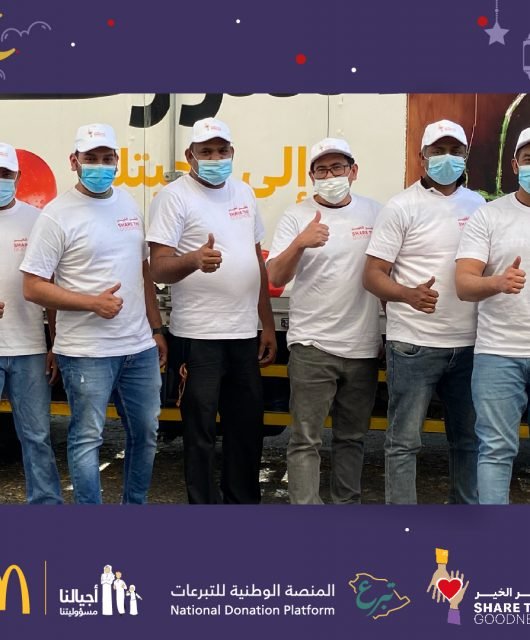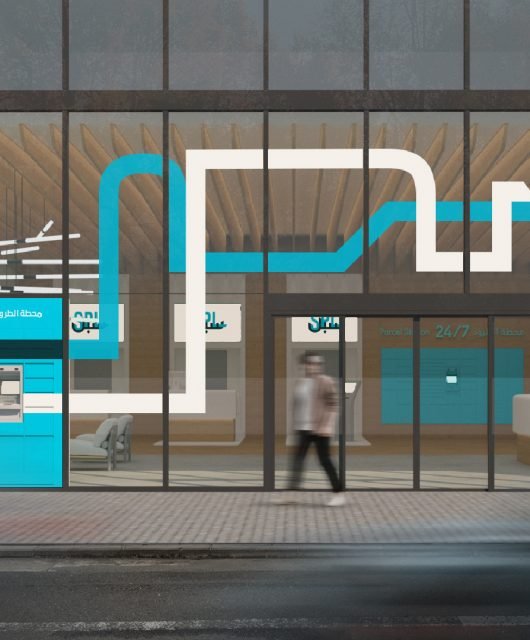Chalhoub Group Reveals The Findings Of The Most Extensive Beauty Study In The Region Surveying 2,600 Consumers: Decoding The Beauty Consumer In The GCC
- The study’s methodology included a quantitative study with 2,600 beauty consumers, 4-day ethnography with 30 participants, and over 15 expert interviews from UAE, KSA, and Kuwait
- The study revealed that most beauty categories are driven by female shoppers with an average spend that is 55 per cent higher than men, with fragrance as an exception – where men tend to shop 20 per cent more frequently and spend 11 per cent more
- Consumers across the region have shifted their perception of beauty from universal/European ideals to emphasising their own Arab and Middle Eastern features
UAE, Dubai, 20 July 2023: Chalhoub Group has released its comprehensive beauty report titled “Decoding the Beauty Consumer in the GCC.” The report offers a deep understanding of consumer behaviour, preferences, and trends within the beauty category in the United Arab Emirates (UAE), Saudi Arabia (KSA), and Kuwait.

The methodology of the study included a quantitative study with 2,600 beauty consumers, a 4-day ethnography with 30 participants, and over 15 expert interviews. The report findings cover three main pillars; the definition of beauty standards in the region, consumer purchasing behaviour trends, and the top beauty categories GCC consumers are most interested in.
On Redefining Beauty in the GCC market, The report highlights a shift in beauty perception in the GCC market from European ideals to embracing Arabic beauty and Middle Eastern features. Consumers now prefer lighter cosmetic adjustments that preserve their individual beauty and focus more on “Internal Beauty,” encompassing health, wellbeing, and self-esteem, which can influence external appearance. UAE women see themselves as trendsetters with exposure to various brands, while Saudi women are highly engaged makeup and fragrance users, drawing inspiration from social media. Kuwaiti women are particularly attentive to social media beauty trends and prioritise maintaining a hydrated and healthy skin appearance. Taking a closer look at the GCC beauty consumer purchasing behaviour, the report indicates that most beauty categories are driven by female shoppers with an average spend that is 55 per cent higher than men. While fragrance is an exception – where men tend to shop 20 per cent more frequently and spend 11 per cent more – most beauty categories are predominantly driven by female shoppers. Emirati women, in particular, exhibit a stronger preference for multi-brand beauty stores, while consumers in KSA are the highest spenders on makeup in the region.
Jasmina Banda Chief Strategy Officer at Chalhoub Group said: “Beauty market in the Middle East is worth over USD 10 Billion, and has since 2020 gone through a major shift becoming today more dynamic than ever. Chalhoub Group conducted the most extensive consumer beauty study ever undertaken in the GCC. This study involved over 2600 beauty consumers from the UAE, KSA, and Kuwait and explored various segments, including mass and masstige markets, dermo-cosmetics, and prestige beauty. The objective was to decode the emerging trends and identify the contemporary definition of beauty for Middle Eastern consumers”.
“The primary finding from our study reveals that our consumers associate beauty not solely with physical appearance but also with their overall well-being and inner feelings. This has paved the way for a new generation of brands that prioritise more than just traditional product effectiveness. These brands now extend their focus to encompass the holistic well-being of their customers” added Banda.
The report also examined the top beauty categories GCC consumers are most interested in, revealing that GCC beauty consumers prefer specific products that are tailoured to their skin type rather than generalised products, with mositurizer ranked as the top product with 79 per cent having purchased this product in the past 3 months, followed by cleanser at 54 per cent Hydration and improving skin texture are the main reasons for moisturising, while sun protection is considered essential for its wide range of benefits, with 46 per cent having purchased an spf/sunblock in the past three months.
Makeup is also viewed as an art form that helps consumers enhance their Arabic beauty features. It is associated with both functional and emotional aspects, serving as a means of self-expression, boosting confidence, and uplifting moods. Moreover, fragrance plays a pivotal role in Arab culture and is a top category by spend for both male and female consumers. Layering scents throughout the beauty routine, including shower gels, lotions, and hair mists, is a common practice.
When it comes to preferred purchasing channels, the findings show that 64 per cent of males visit supermarkets most frequently for beauty purchases versus 37 per cent of females. For UAE nationals, beauty stores account for 80 per cent of their offline spend, while in KSA, traditional retail is the main purchase channel with 46 per cent of spend share.
To read the full report “Decoding the Beauty Consumer report in the GCC”, please visit: https://chalhoubgroup.com/media





